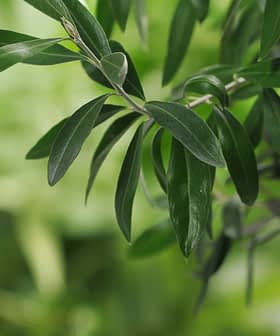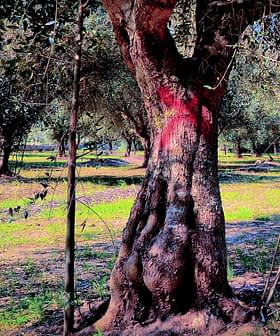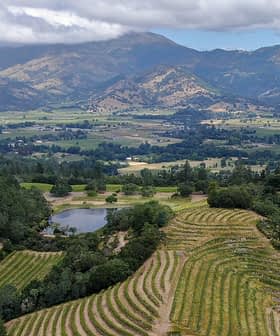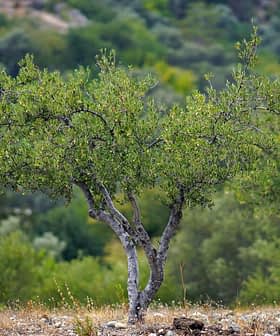A new Spanish consortium has been formed to develop an automated, easy-to-use, reliable and low-cost system for detecting and identifying pests in olive groves.
With regional, national and European government backing, the oliVAr Operational Group aims to create this system by combining existing hardware with recent advances in artificial vision and data modeling.
The consortium comprises Loyola University Andalucía, the Ayesa Foundation, Opracol Seville and Cooperativas Agro-alimentarias de Andalucía, which accounts for over €11 billion in annual turnover.
See Also:Researchers Develop Algorithm to Predict Harvest Potential from Climate DataThe consortium aims to develop an integrated platform to locate the presence, movements and numbers of pests via a network of remote nodes deployed throughout the olive grove, including temperature, humidity, infrared and visible-spectrum sensors, all connected wirelessly.
The system will detect four of the most consequential olive pests: olive fruit fly, olive moth, olive psyllid and jasmine moth.
“The health of olive groves and their products is currently a fundamental element in the field of agricultural production; the pests and diseases that affect them can cause serious production losses and, therefore, reduce the competitiveness of the olive sector,” the consortium said in a press statement.
Pest activity and threat data will be stored in the platform’s databases. This information will be available in real-time via the graphical user interface (including mobile interfaces) and serve as the basis for analytical functions within the software.
These functions include creating a flight curve for each target insect and the economic threshold at which the control point is located.
The economic threshold indicates the opportune time to decide upon and implement preventative measures to avoid a reduction in crop value greater than the cost of the control treatment, which translates into economic damage: the economic injury level.
The economic threshold and injury level are central to the Integrated Pest Management (IPM) program, upon which the oliVAr system is founded.
IPM was developed during the decades following World War II in response to steadily increasing pesticide use, which resulted in pest control crises due to growing pesticide resistance and increasing evidence and awareness of the negative impacts on human health and the environment of intensive pesticide use.
The consortium noted that although the system will be designed to counter currently prominent pests such as the olive moth and olive fruit fly, the technology could be extended to monitor additional organisms in the future, especially invasive or exotic species.
This is seen as increasingly likely due to climate change and the globalized nature of modern agriculture and trade. For example, the brown marmorated stink bug has now been detected in olive groves in Italy and Greece after over a decade of causing significant economic damage to various crops in North America.
The oliVAr project, funded through the European Agricultural Funds for Rural Development (EAFRD) and co-financed by the Ministry of Agriculture, Fisheries, Water and Rural Development of the Andalusian regional government, is one of several intended to improve the sustainability and viability of European agricultural food production through innovation in technological solutions.









